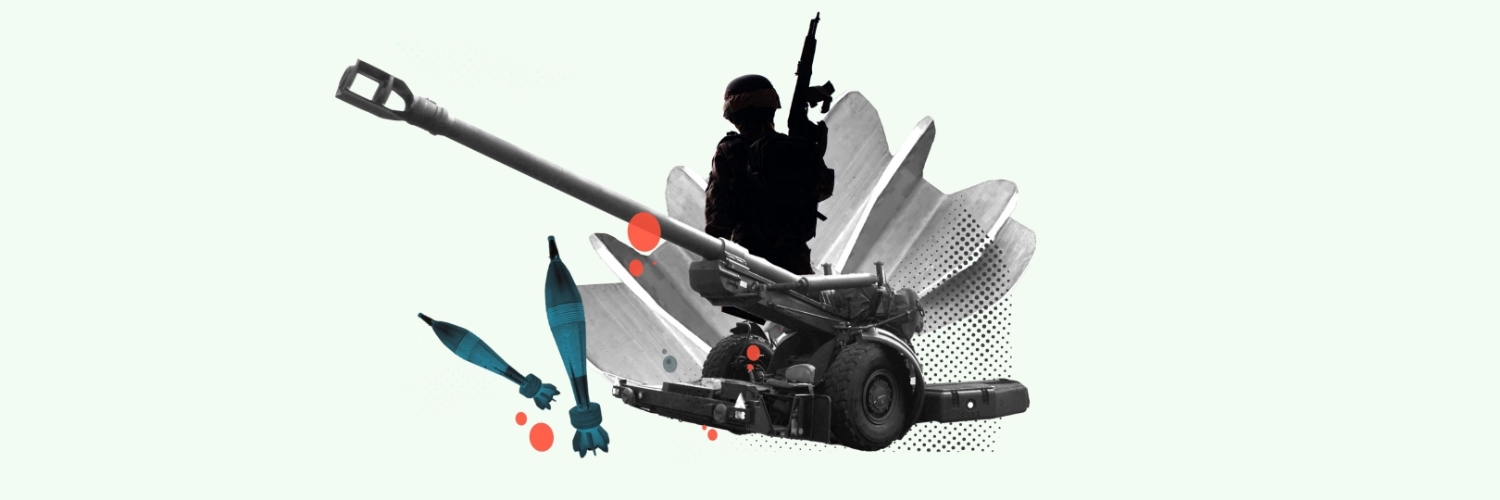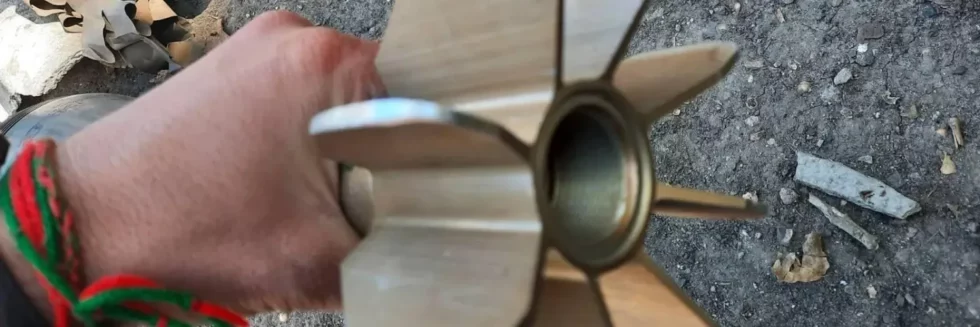
At war without ammo
Why Europe and Ukraine are still struggling to ramp up ammunition production
A few days after Russia’s invasion of Ukraine, the first alarm bells went off: if the war didn’t finish quickly, ammunition would soon become a crucial bottleneck. Seventeen months later we see shortages everywhere – and still no finalised European plan for how to overcome them.
Meanwhile, soldiers on the frontline are sharing bizarre images. They are manually grinding mortar shells to make them fit their weapons. The scarcity is only getting worse, and is now hindering Ukraine’s counteroffensive.

This investigation reconstructs the dynamics behind the scenes, examines why the political decision making takes so long and exposes the weak spots of European defence: national interests, fragmented standards and a ‘wait-and-see’ attitude in the arms industry.
On July 7, the EU commission finally struck a deal. It must still be endorsed by the Council and Parliament and is expected to be signed and enter into force by the end of July.
On July 11 and 12, NATO will meet for a summit in Vilnius (Lithuania). Ammunition is a key item on the agenda.
METHODS
With a coalition of media, including the Kyiv Independent and the Dutch Investigative Desk, we spent six months examining the main reasons for Europe’s ongoing struggle to ramp up ammunition production.
We interviewed dozens of sources with insight into the problem: industry insiders, diplomats, including those who were present at crucial moments in Estonian backrooms, and defence-experts who gave early warnings. We supplemented our access to diplomatic and political sources with findings from the frontline in Ukraine, allowing us to show how the failure to solve the issues was directly affecting the country’s ability to defend itself.
We correlated what we were told with data from meeting notes, obtained through Freedom of Information requests and open sources.
This combination of approaches allowed us to build a very detailed reconstruction of who said what when, with more than 250 data points, all referencing a meeting, a call or a step in the process.
STORYLINES
The Kyiv Independent starts with a scene from the frontline. As Ukraine was throwing all its forces at a counteroffensive in Kharkiv and Kherson Oblasts in early September last year, some soldiers defending the eastern front struggled with lack of ammunition.
When long-anticipated military aid arrived at one of the brigades stationed on the Donbas frontline, the soldiers were over the moon. But disappointment soon followed when they learned that the ammunition they received is useless: Finnish mortar bombs of 120mm calibre didn’t squeeze into their Mod. 63 Italian mortars, despite them being the same calibre. .
Taras, a commander of a mortar battery, was tasked to find the way out of the situation. He bought a grinder and manually trimmed each of the eight tail fins of the 1,000 mortar bombs.
“It was dangerous, but I had a task, and my infantry was relying only on me. At the time when we received these shells, we had nothing else for the brigade artillery,” said Taras.
Dutch media partner Follow the Money leads with a moment of political misjudgement. While warnings were given within a month of the war’s onset, coordinated and effective measures were postponed. “If the war goes on for a long time, the support cannot be sustained,” said Admiral Rob Bauer, NATO chief Jens Stoltenberg’s top military adviser, at a meeting of NATO foreign ministers in March last year. “Be aware: we deliver from half-empty warehouses. You also have to replenish it very quickly.”
Yet hardly anyone else was concerned about possible ammunition shortages, says Camille Grand, then NATO assistant secretary general for defence investments. “We were under the impression that the war would not last long.”

